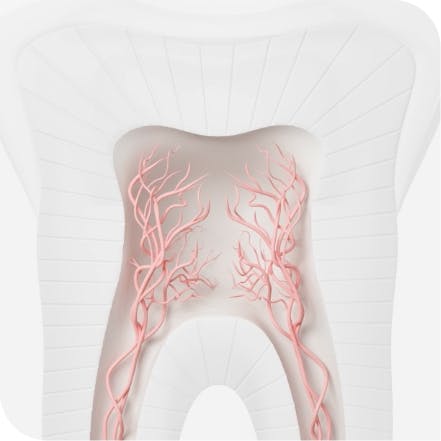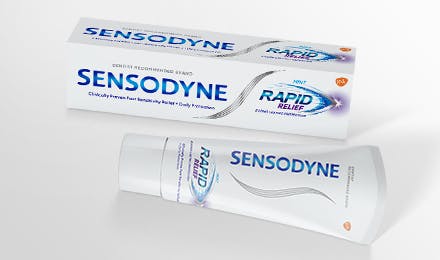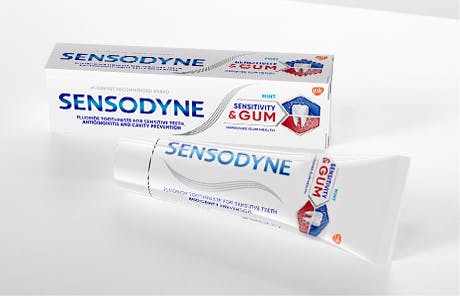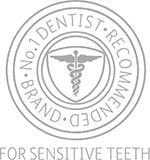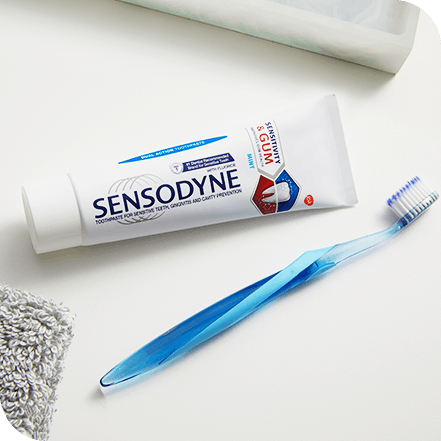Types of Fillings
Before the procedure for your tooth filling, your dentist may go over the various types of fillings you can get. There’s a wide variety of fillings you can get, including:
- Tooth- or White-Colored Fillings – This type of filling, called composite, is mixture of powdered glass and resin and looks much like the original tooth material.4 It is often cured in layers with exposure to blue light.4
- Silver Fillings – Also known as amalgam, this filling is made from a combination of metals that can include silver, tin, mercury, and copper and are durable and more affordable than composites.3
- Glass Ionomer Fillings – This filling is usually better suited for smaller fillings and is usually a self-curing -mixture of organic acids and may include acrylic resins.4
Other types of fillings include materials like porcelain and gold alloys, which are a mixture of gold, copper, and other metals, are can be used for inlays and partial crowns.2 It’s important to discuss all of your options with your dentist, as they can provide expert knowledge on which type of tooth filling will fit your needs.
